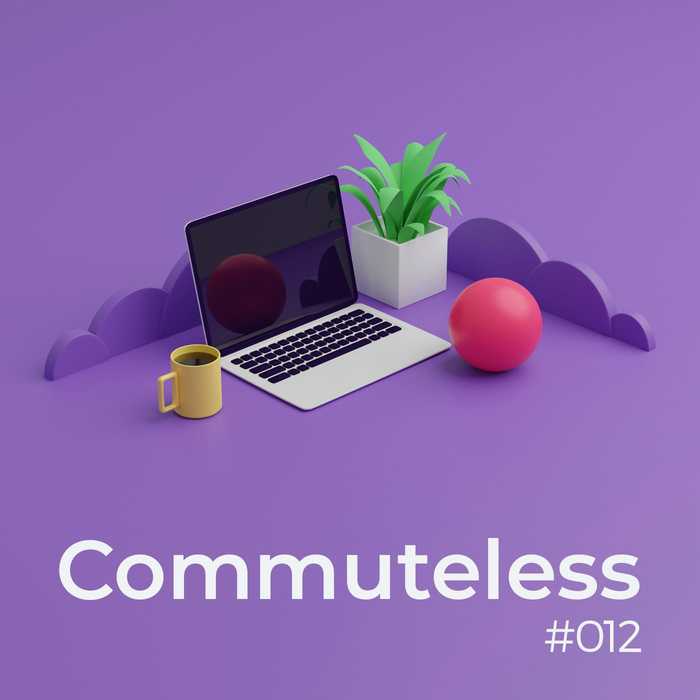Shownotes
- 2:24 - What really are the differences between conversations in-person or over video calls?
- 3:28 - Our brains are working harder to understand cues, interactions, and micro-communications. We’re trying to understand and interpret communication differently because of the situation, which is not “normal” for our minds.
- 10:13 - Different parts of our brains are activated depending on what sort of interaction we are having with people. Text and words activates the information-processing side of our brains, while imagery and video activates more of the relational side.
- 14:48 - This is the first time in human history that we are making our brains handle all of these different types of sensory input, whether through text, screens, video calls, phone calls, and in-person interaction. It’s not weird that it’s hard to handle all of these things!
- 15:49 - In a more positive light, the fact that we have the ability to connect with people all around the world from the safety of our homes is truly incredible.
- 17:31 - We talk a bit about how many video calls we’re on and what sort.
- 23:13 - There are a few things we’ve started to do to help deal with video call fatigue, some which help one of us more than the other.
- Try switching from grid-view to single-person view when on large group calls.
- Change your environment if you have a laptop. Go to other rooms for calls or even sit outside if you can.
- When possible, try having calls without video (get it on your phone and go for a walk, even!)
- 37:54 - Give yourself a break from screens in general.
